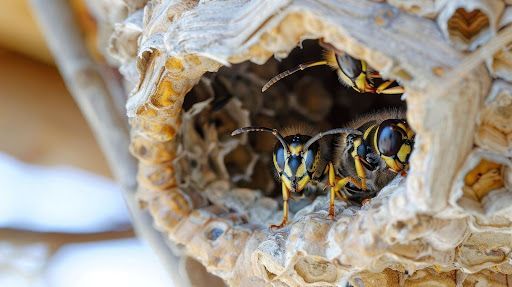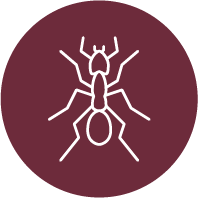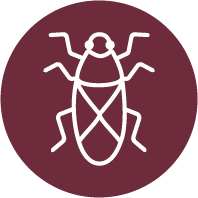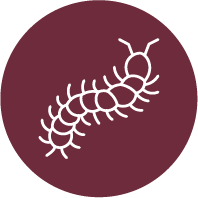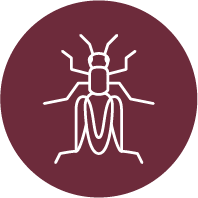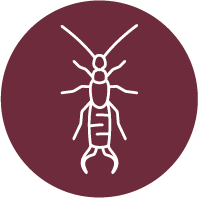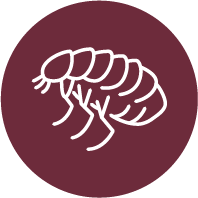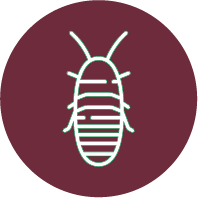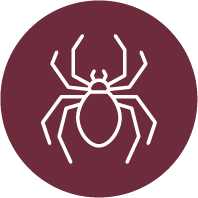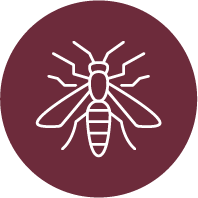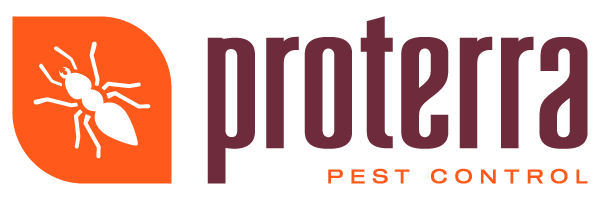How to Effectively Seal Your Home Against Pest Entry
Securing a home against pests is a critical concern for homeowners who want to maintain a clean and safe living environment. Pests such as insects, rodents, and other critters can find their way into homes through tiny openings, and once inside, they can cause a range of issues from structural damage to health problems. Sealing these entry points not only minimizes the chances of pest infestations but also enhances the overall energy efficiency of your home. In line with Proterra’s preventative approach to pest control, this article will discuss the common entry points for pests, the best materials and methods for sealing these spots, and the importance of regular inspections.
Identifying Common Entry Points
The first step in preventing pest entry is to identify the most common access points in your home. These usually include doors, windows, utility openings, roof vents, and foundation cracks. Gaps around pipes and cables that enter your home can also provide a gateway for pests. Once these areas are identified, a thorough and targeted approach to sealing can be undertaken.
Sealing Doors and Windows
Doors and windows are the most obvious points of entry for pests, but they are also the easiest to manage. Weather stripping and door sweeps are effective solutions that help close gaps under doors and around windows. For gaps larger than one-quarter of an inch, consider using silicone-based caulk for a flexible, waterproof seal. Ensuring that window screens are intact and free from tears is another simple way to keep pests out.
Utility Openings and Pipe Gaps
Utility openings where wiring, plumbing, or gas lines enter your home are often overlooked but can be significant entry points for pests. Expandable foam or caulk can seal these gaps efficiently. For larger openings, use wire mesh to cover the area before sealing to provide an extra layer of protection. It’s important to ensure that all materials used are suitable for the type of surface and exposure they will endure.
Foundation Cracks and Crevices
The foundation of your home is also susceptible to pest entry, particularly if there are cracks and crevices. These can be sealed with masonry crack filler or silicone-based caulk. For basements, consider using a concrete sealer which not only prevents pest entry but also helps control moisture—a known attractant for many pests.
Roof Vents and Chimney Gaps
Roof vents and chimneys are necessary for proper home ventilation and safety, but they can also be popular entry points for pests. Install screens on roof vents and use caps or screens designed for chimneys to prevent entry. Regular inspections are important to ensure these barriers remain intact and functional.
Importance of Regular Inspections
Regular inspections play a vital role in a preventative pest control strategy. They not only help in identifying new potential entry points but also in assessing the integrity of existing seals. Inspections can highlight areas of moisture accumulation, wood rot, or other damages that may attract pests or give them easier access to your home.
Professional Help
While many of these tasks can be accomplished with DIY methods, some areas, particularly those that involve complex structures or high roofs, might require the expertise of professionals. Pest control services can offer a comprehensive inspection that might reveal hidden problems not easily noticed by the untrained eye.
Sealing your home against pests is a proactive approach that helps in maintaining the health and safety of your living environment. By thorough identification of pest entry points and using the right materials and methods to seal them, homeowners can protect their residences more effectively. Regularly scheduled inspections and maintenance of these seals can prevent the likelihood of future infestations. Following these steps will ensure that your home remains comfortable, energy-efficient, and most importantly, pest-free. Pioneering efforts such as those promoted by Proterra accentuate the need for preventative measures in pest control, highlighting that a little attention to detail and regular maintenance can go a long way in preventing bigger pest-related issues down the line.
Ready to safeguard your home against pests with proven, professional-grade sealing solutions? Proterra Pest Control is here to help. Our team of experts specializes in identifying and sealing pest entry points, ensuring your home remains pest-free all year round. Don't wait until it's too late; contact us today to schedule your comprehensive home inspection. Let Proterra be your first line of defense in pest prevention.

